Ball pythons make wonderful pets with their docile temperament and manageable size. However, providing the right housing is crucial for their health and well-being. Many new reptile keepers worry that creating a proper terrarium will break the bank, but with some smart shopping and DIY skills, you can create an excellent habitat for under $100. This guide will walk you through everything you need to know about setting up an affordable yet effective terrarium for your ball python.
Understanding Ball Python Habitat Requirements
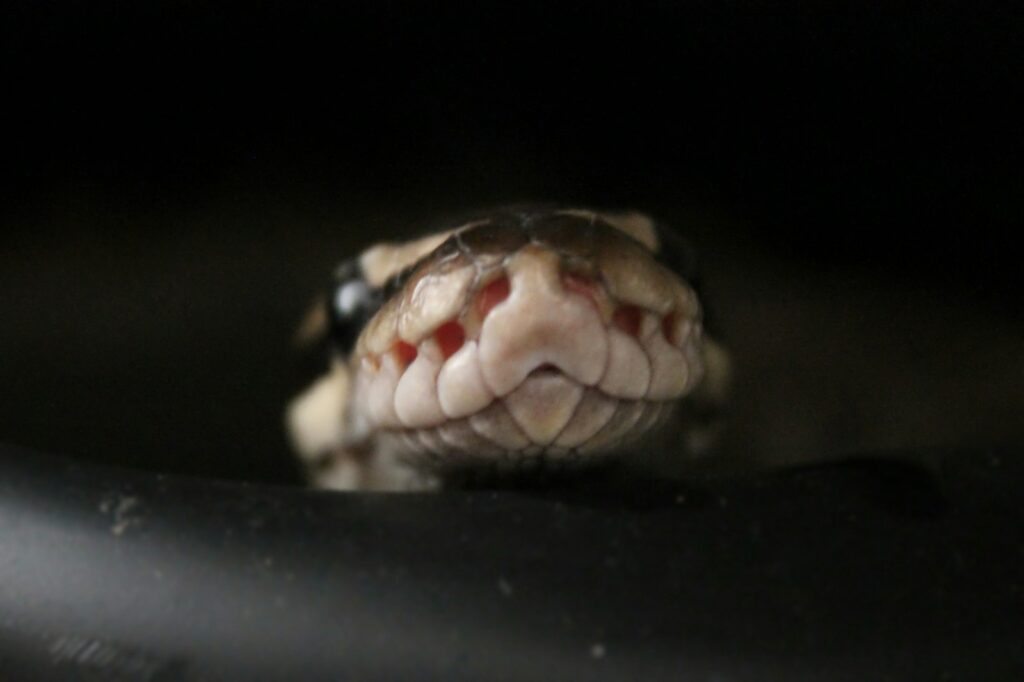
Ball pythons originate from West and Central Africa, where they inhabit grasslands and open forests with moderate humidity and temperatures. In captivity, they require an enclosure that mimics these natural conditions while providing security and proper temperature gradients. The minimum recommended enclosure size for a juvenile ball python is a 20-gallon tank, though adults will eventually need more space. These snakes are primarily terrestrial but may occasionally climb, so floor space is more important than height. Understanding these basic requirements will help you make informed decisions when putting together your budget-friendly terrarium setup.
Choosing the Right Enclosure

The foundation of your ball python habitat is the enclosure itself, which doesn’t need to be fancy or expensive. A simple 20-gallon glass tank with a secure screen lid often sells for $30-$45 when on sale at pet store chains or even less second-hand. Alternatively, plastic tubs can be an even more affordable option, with large transparent storage containers available for $15-$20 at most department stores. These plastic enclosures retain heat and humidity well, though you’ll need to add ventilation holes and secure the lid properly. For those willing to shop around, checking online marketplaces, reptile expos, or even garage sales can yield significant savings on used tanks in good condition.
Budget-Friendly Heating Options
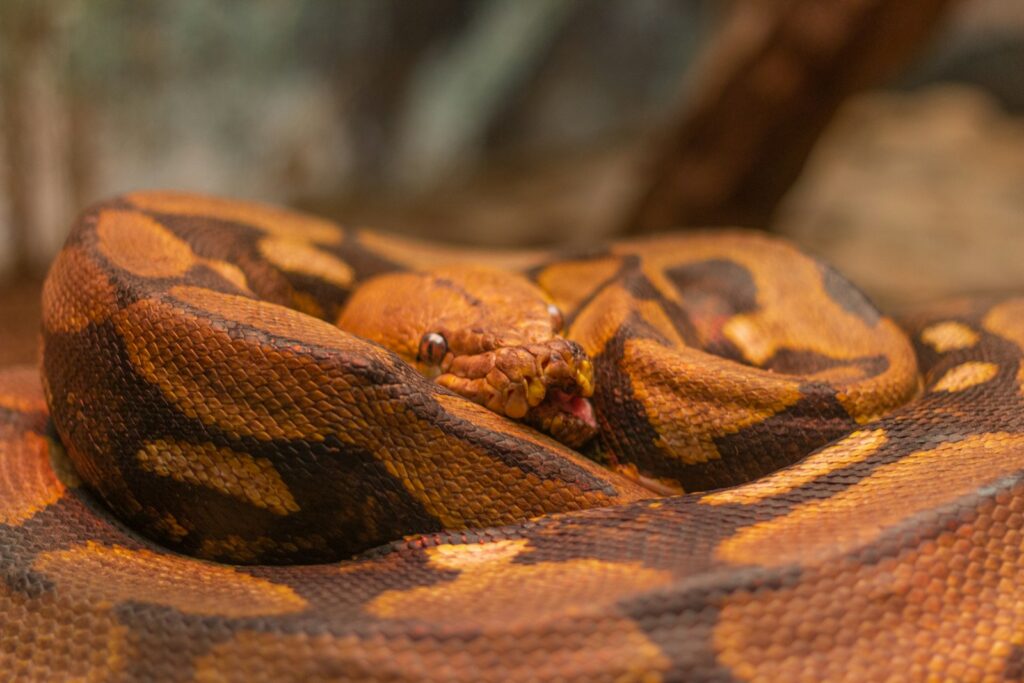
Proper heating is essential for ball pythons, as they rely on external heat sources to regulate their body temperature. An under-tank heater (UTH) or heat mat is the most affordable option, typically ranging from $15-25 for appropriately sized models. These heating elements should cover approximately one-third of the tank bottom and must be connected to a thermostat to prevent overheating. Basic thermostats can be found for around $15-20, though they’re worth investing in to prevent burns or thermal stress to your snake. As an alternative, ceramic heat emitters paired with a dome fixture ($20-25 total) can provide ambient heat without emitting light that might disrupt your snake’s day/night cycle. Remember that maintaining a proper temperature gradient with a warm side (88-92°F) and cooler side (75-80°F) is crucial for your ball python’s health.
Cost-Effective Substrate Solutions
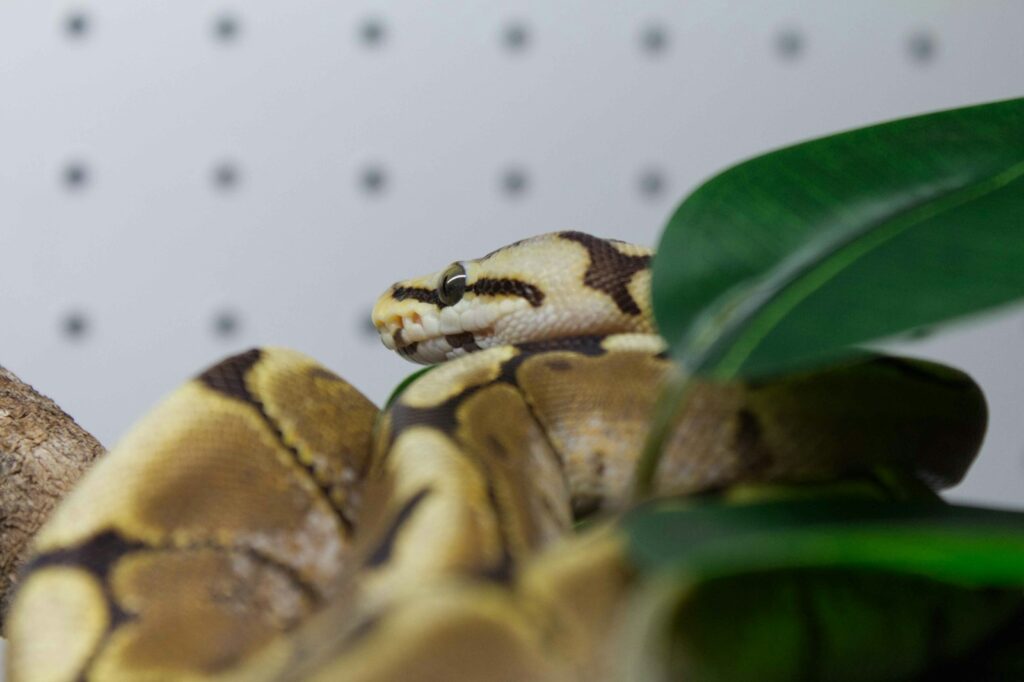
Substrate forms the bedding of your terrarium and impacts both aesthetics and functionality. For a ball python on a budget, several affordable options exist that will keep your snake comfortable and help maintain proper humidity. Paper towels and newspaper represent the most economical choices at virtually no cost and offer easy cleaning and monitoring for new snakes. Aspen shavings ($5-8 per bag) provide good burrowing opportunities but don’t hold humidity well. Cypress mulch ($8-10) strikes an excellent balance between affordability and functionality, as it’s absorbent, holds humidity, and allows natural burrowing behaviors. Coco fiber/coir ($10-12) excels at humidity retention and is perfect for creating a naturalistic setup, though it’s slightly more expensive than other options.
Essential Hides and Shelters
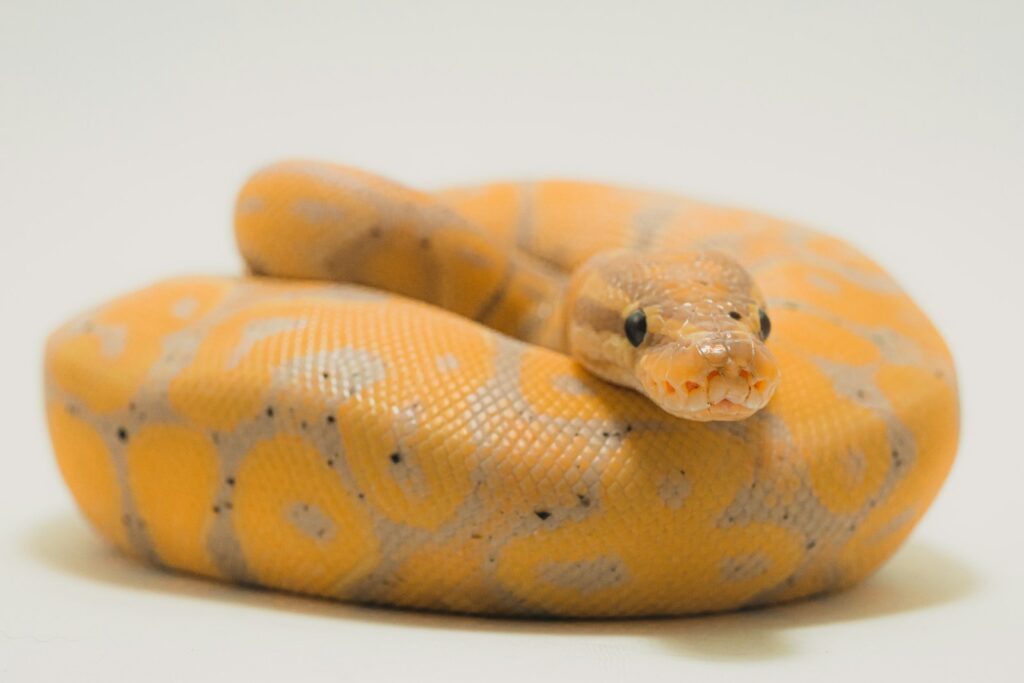
Ball pythons are secretive creatures that require at least two secure hiding places to feel safe and properly thermoregulate. Commercial snake hides can be expensive ($15-20 each), but numerous budget alternatives exist. Plastic food containers with entrance holes cut into them cost next to nothing and work perfectly when positioned on opposite ends of the temperature gradient. Terra cotta plant pots ($3-5) turned upside down with an entrance cut in the side make attractive, natural-looking hides that also help maintain humidity. Paper towel or toilet paper tubes provide supplemental hiding spots for juvenile snakes at no additional cost. Even half-logs from the aquarium section ($8-10) can serve as attractive hide options that blend well with naturalistic setups.
Water Dishes and Humidity Management
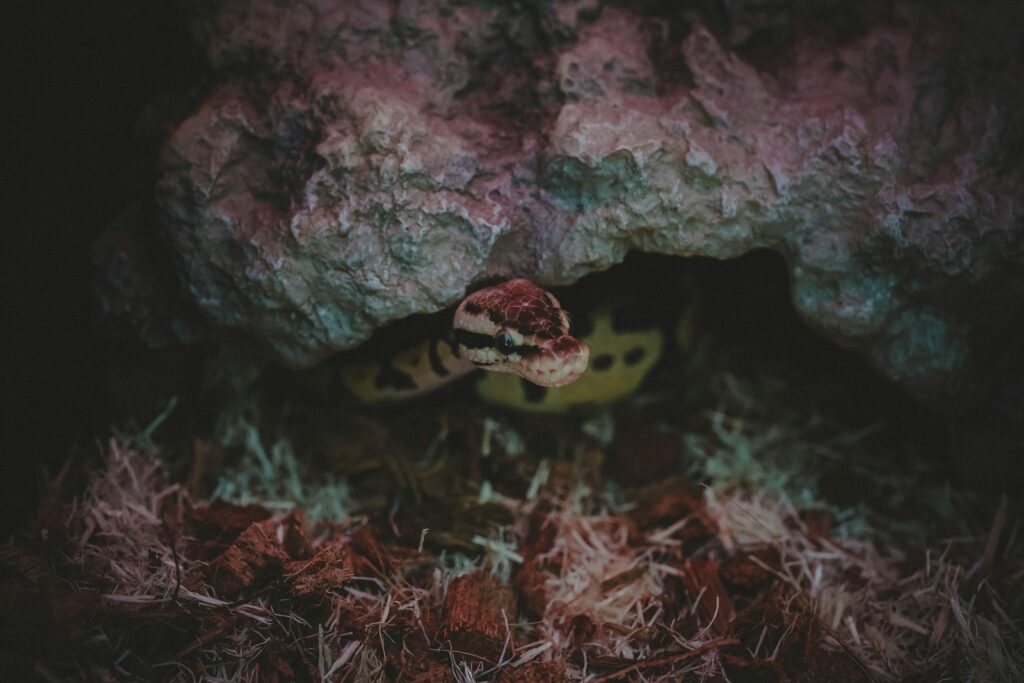
A proper water dish is essential for both drinking and maintaining appropriate humidity levels in your ball python’s enclosure. Heavy ceramic dog bowls ($5-8) work perfectly, as they’re sturdy enough not to tip over when your snake explores or soaks. Plastic food storage containers ($1-3) can also serve as affordable water dishes, though they may need to be secured to prevent tipping. For maintaining proper humidity (50-60% generally, higher during shedding), misting the enclosure with a spray bottle ($2-3) provides an economical solution compared to expensive foggers or automatic misters. Placing the water dish on the warm side of the enclosure will increase natural evaporation and help maintain humidity levels, while adding a damp sphagnum moss hide ($5-7) can create a humid microclimate for your snake during shedding periods.
DIY Enrichment and Climbing Features

Environmental enrichment is important for ball pythons, and adding climbing opportunities and exploration features doesn’t have to be expensive. Sturdy branches collected from non-toxic trees can be sanitized (baked in the oven at 250°F for 30 minutes) and used as climbing structures at no cost. PVC pipes from hardware stores ($3-8 depending on size) make excellent tunnels and additional hiding spots that are easy to clean and rearrange. Cork bark ($8-12) serves multiple purposes as both a climbing feature and hiding spot while adding a natural aesthetic to the enclosure. Even cardboard tubes from paper towel rolls can create temporary maze-like structures that provide entertainment and exercise opportunities for your snake before being replaced when soiled.
Lighting Requirements on a Budget

Unlike many reptiles, ball pythons don’t require specialized UVB lighting, making their lighting needs relatively inexpensive. A simple LED strip light ($8-15) or even ambient room lighting can provide the day/night cycle these nocturnal snakes need. If your room doesn’t receive natural light cues, you can use a basic timer ($5-10) to automate a consistent photoperiod of approximately 12 hours light and 12 hours darkness. For viewing your snake during evening hours, a low-wattage red or blue reptile bulb ($8-12) won’t disturb their natural behavior while allowing observation. Remember that white light at night can stress your ball python, so any nighttime viewing should be done with appropriate colored lighting or for brief periods only.
Temperature and Humidity Monitoring
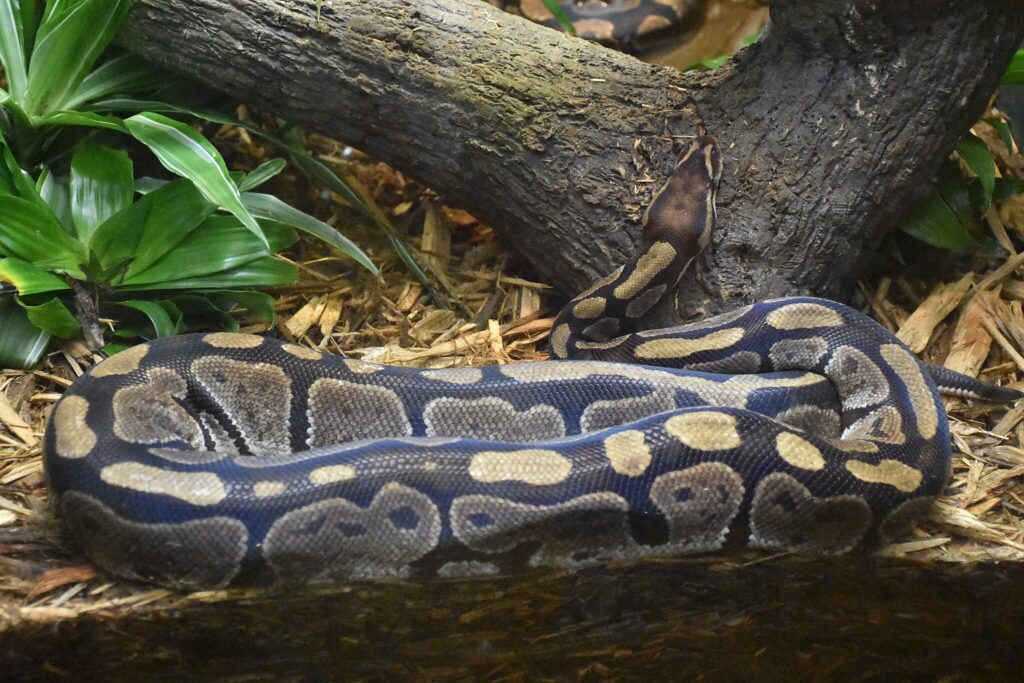
Accurate monitoring of temperature and humidity is crucial for ball python health but doesn’t require expensive equipment. Digital thermometer/hygrometer combos can be found for as little as $5-10 online and provide reasonably accurate readings for basic setups. For better accuracy, consider purchasing two units to monitor both the warm and cool sides of your enclosure. Analog dial thermometers and hygrometers ($3-5 each) are even less expensive but tend to be less accurate and should be verified against a more reliable source. Temperature gun infrared thermometers ($15-20) allow for quick spot checking of surface temperatures throughout the enclosure and are particularly useful for ensuring proper heating pad temperatures. Whichever monitoring devices you choose, remember to place them at the level where your snake spends most of its time for the most relevant readings.
Essential Safety Features
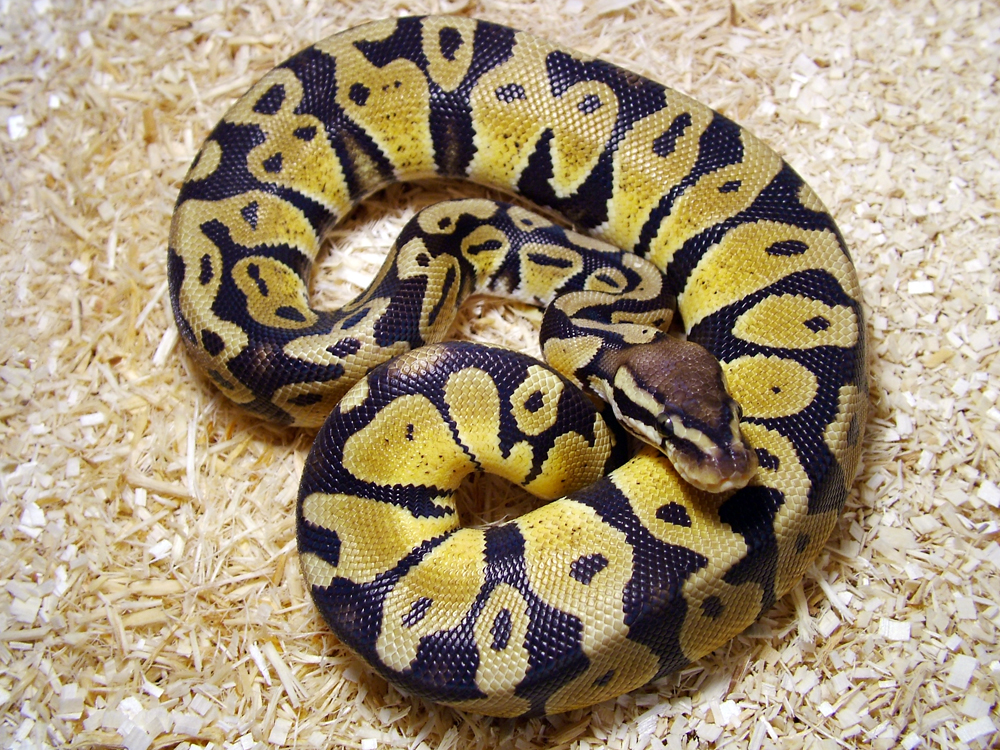
Ensuring your ball python’s security is paramount and doesn’t require expensive modifications. Secure screen lids for glass tanks can be found for $10-15 and should be clamped down with lid clips ($3-5) to prevent escapes, as ball pythons are surprisingly strong. For plastic tub setups, ensure any ventilation holes are small enough that your snake can’t squeeze through, and consider adding a lock or sturdy latching mechanism ($5-8) for additional security. All electrical components like heating pads should be connected to a thermostat to prevent overheating, and cords should be managed to prevent chewing or entanglement. Inspect the enclosure regularly for sharp edges, gaps, or other potential hazards that could harm your snake or provide escape routes.
Budget Shopping Strategies
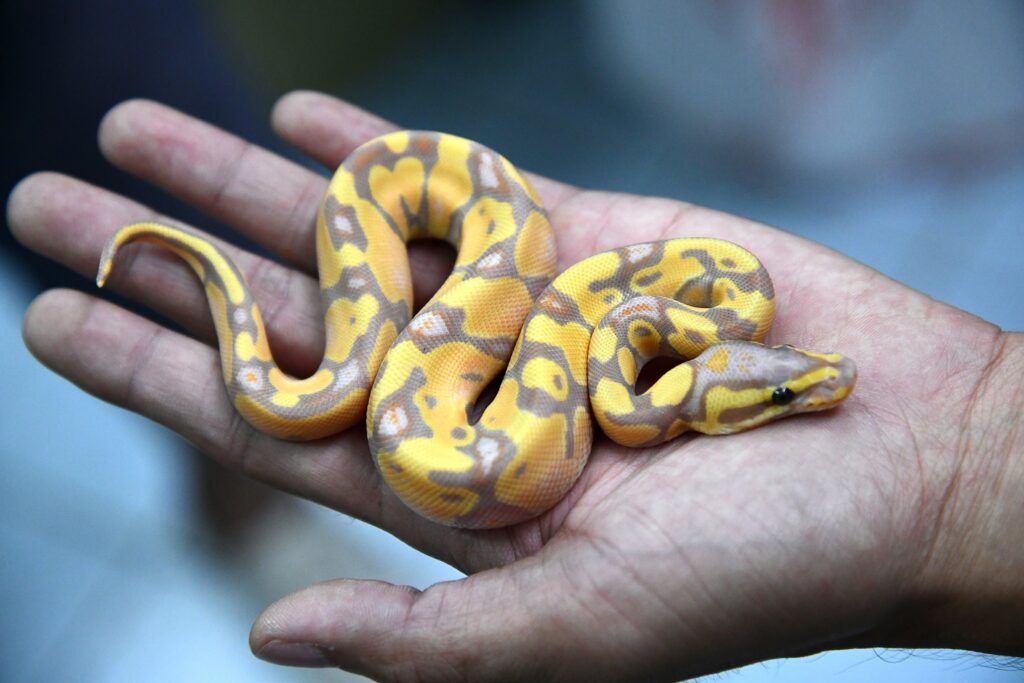
Finding the best deals on terrarium supplies requires strategic shopping and timing. Sign up for rewards programs at major pet store chains to receive coupons and notifications about sales events, which often occur seasonally. Consider shopping at reptile expos, where vendors frequently offer competitive pricing on equipment and supplies. Online marketplaces and classified ads can yield significant savings on used equipment, particularly for tank setups that previous owners no longer need. Dollar stores often carry items that can be repurposed for terrariums, including storage containers, plastic plants, and basic decor items. Additionally, joining reptile keeper forums and social media groups can alert you to deals and sometimes provide opportunities to trade or purchase second-hand supplies from fellow enthusiasts.
Complete Setup Examples Under $100
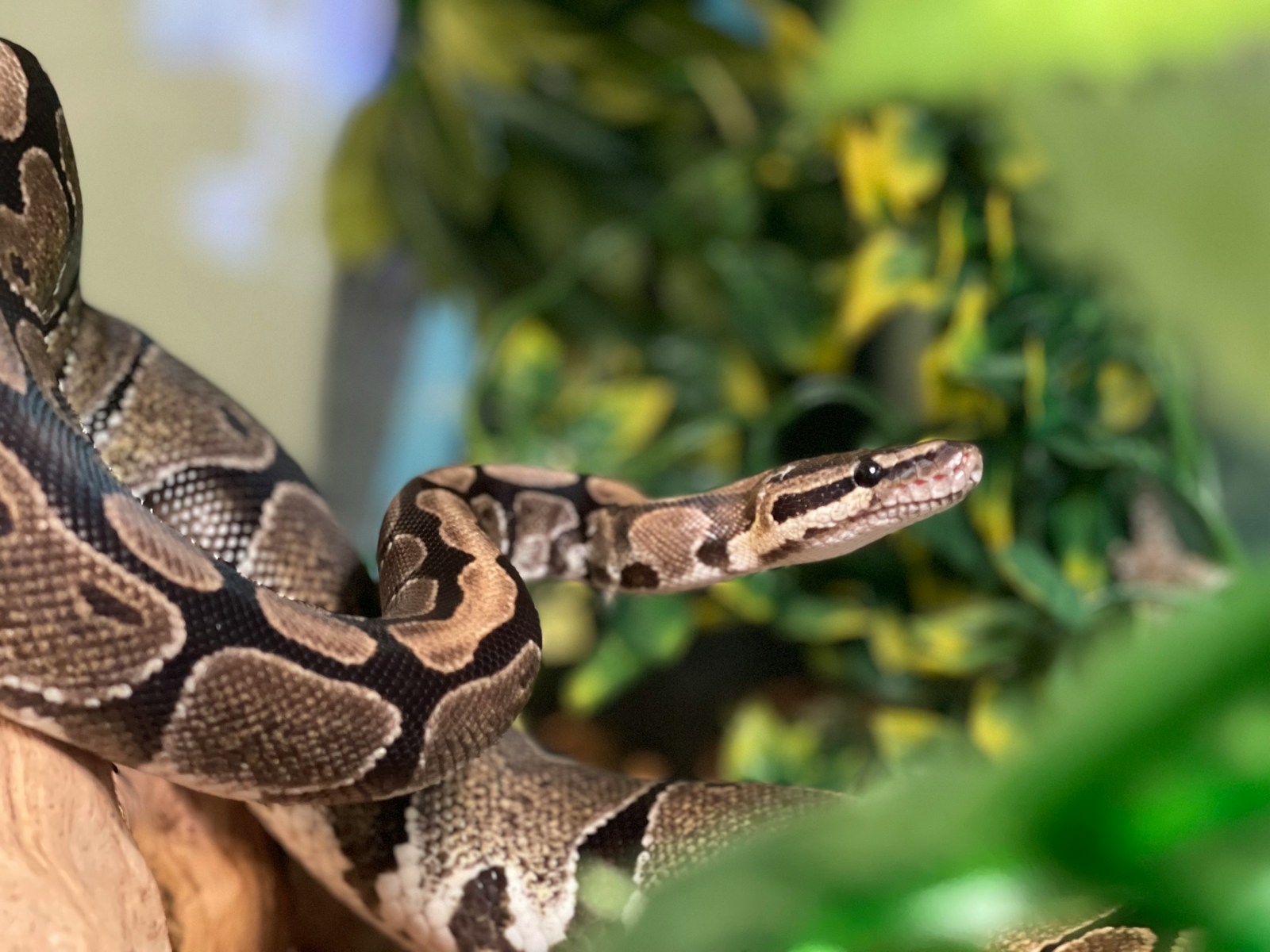
A basic but effective ball python setup might include a 20-gallon tank ($30 on sale or second-hand), screen lid with clips ($15), under-tank heater with thermostat ($35 combined), two plastic container hides ($0 if repurposed), cypress mulch substrate ($8), heavy water dish ($5), digital thermometer/hygrometer ($8), and some sanitized branches for climbing ($0). This setup totals approximately $91, leaving room in the budget for minor additions or upgrades. For those willing to use a plastic tub instead of a glass tank, the savings (roughly $15-20) can be redirected toward better heating equipment or more naturalistic decor. Remember that while initial setup costs are important, allocating funds for quality essentials like proper heating and secure enclosure features should take priority over aesthetic elements that can be upgraded over time.
Long-term Considerations and Upgrades

While creating a budget-friendly terrarium is achievable, it’s important to consider future needs as your ball python grows. Adult ball pythons will eventually require a larger enclosure (40+ gallons), so designing your initial setup with upgradeable or transferable components makes financial sense. Items like heating elements, thermostats, hides, and water dishes can typically transfer to larger enclosures, maximizing your initial investment. Setting aside a small monthly budget for gradual upgrades allows you to improve your snake’s habitat over time without financial strain. Remember that while cutting costs on the initial setup is possible, ongoing expenses like appropriate feeding, potential veterinary care, and eventual enclosure upgrades should factor into your long-term pet budget planning.
Conclusion
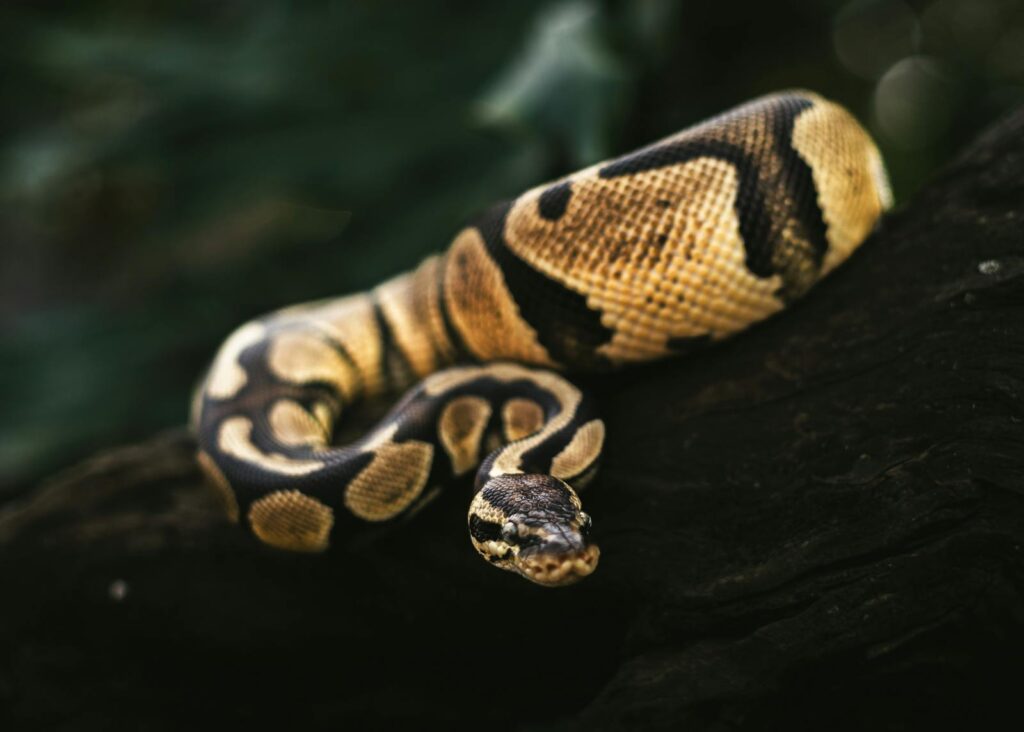
Creating a suitable habitat for a ball python doesn’t have to drain your wallet. By focusing on essential requirements, shopping strategically, and incorporating DIY solutions, you can provide a comfortable, safe, and enriching environment for your snake while staying under the $100 mark. Remember that while aesthetics are nice, your ball python’s primary needs are proper temperature gradients, adequate humidity, secure hiding places, and appropriate space. By prioritizing these fundamental requirements and gradually upgrading as your budget allows, you’ll ensure your ball python thrives in its new home without breaking the bank.

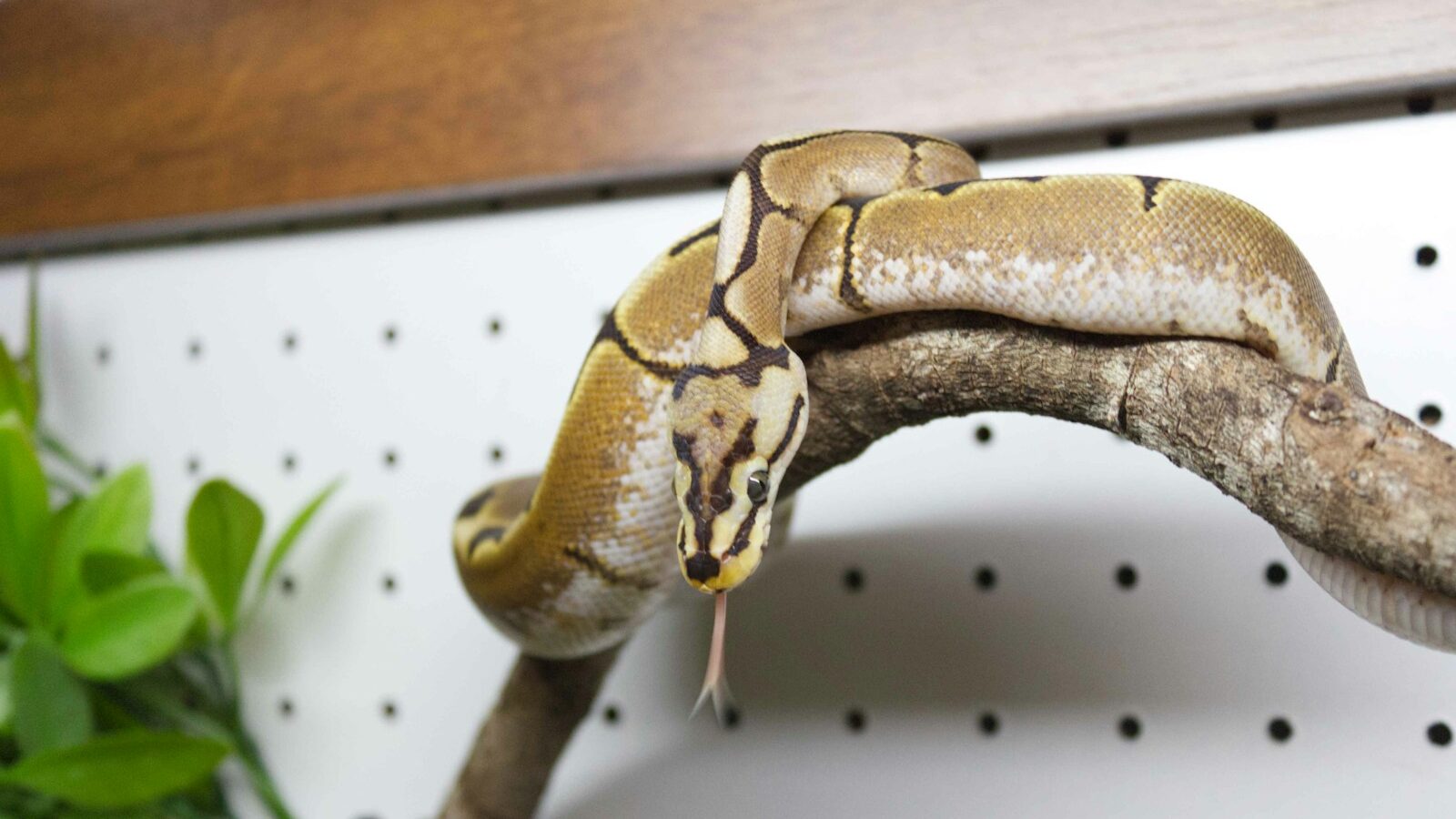
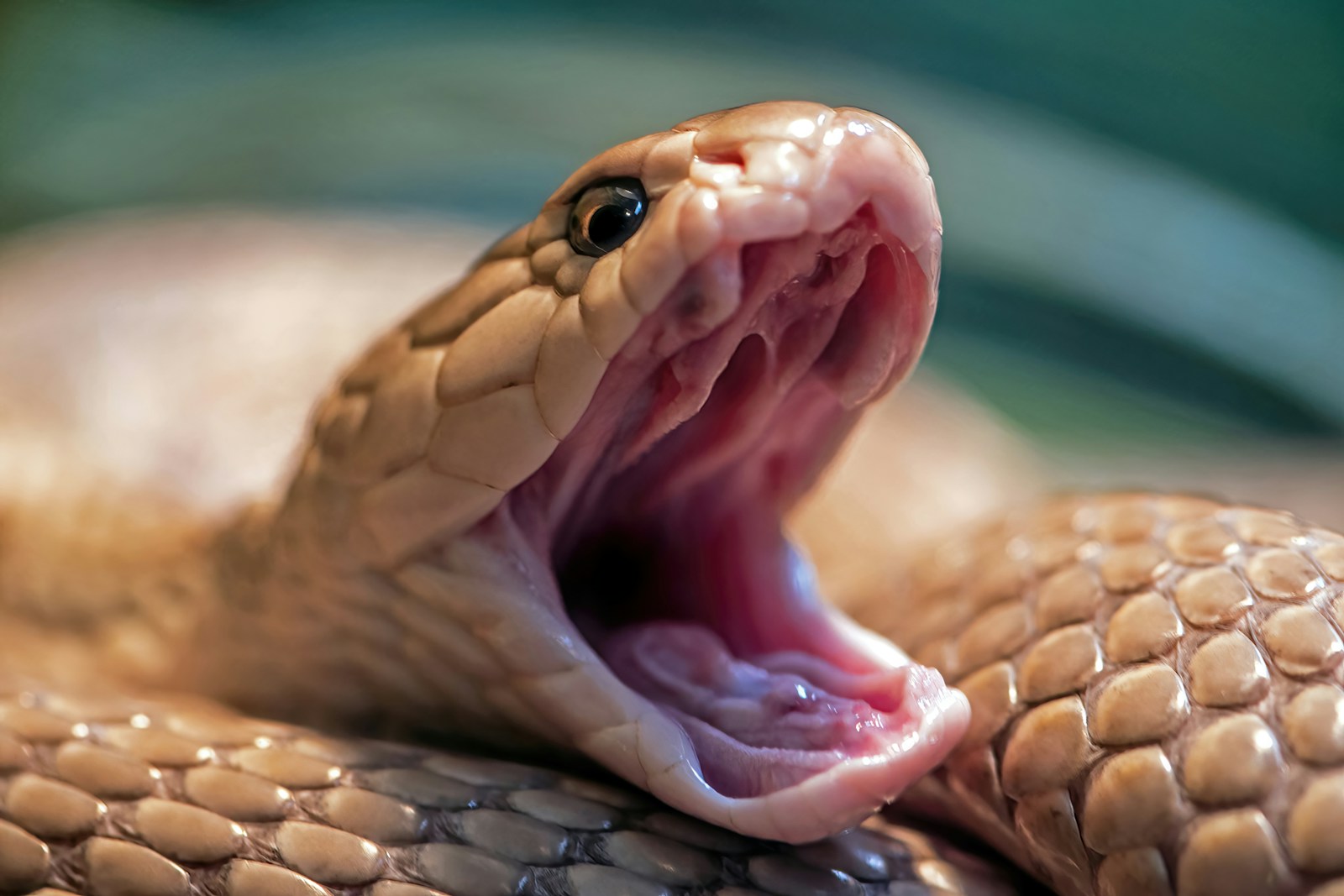



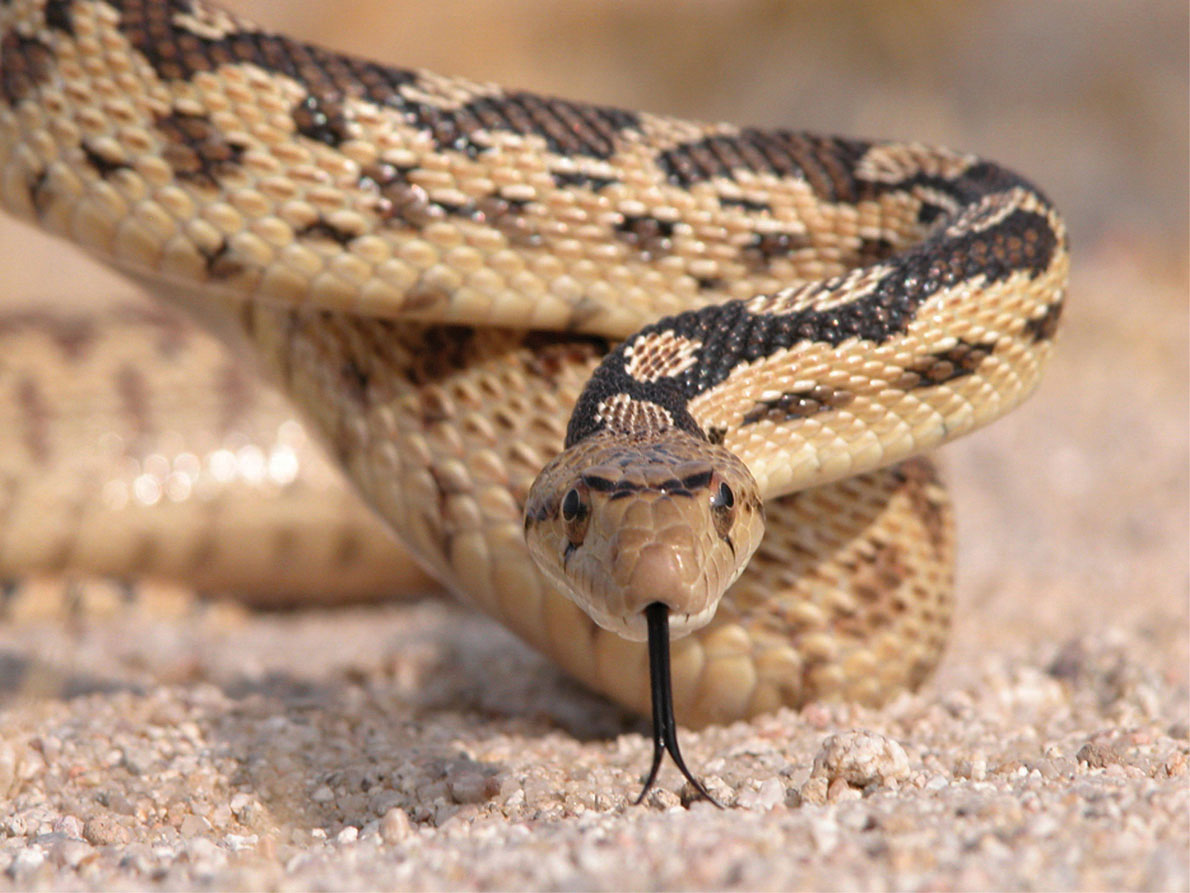


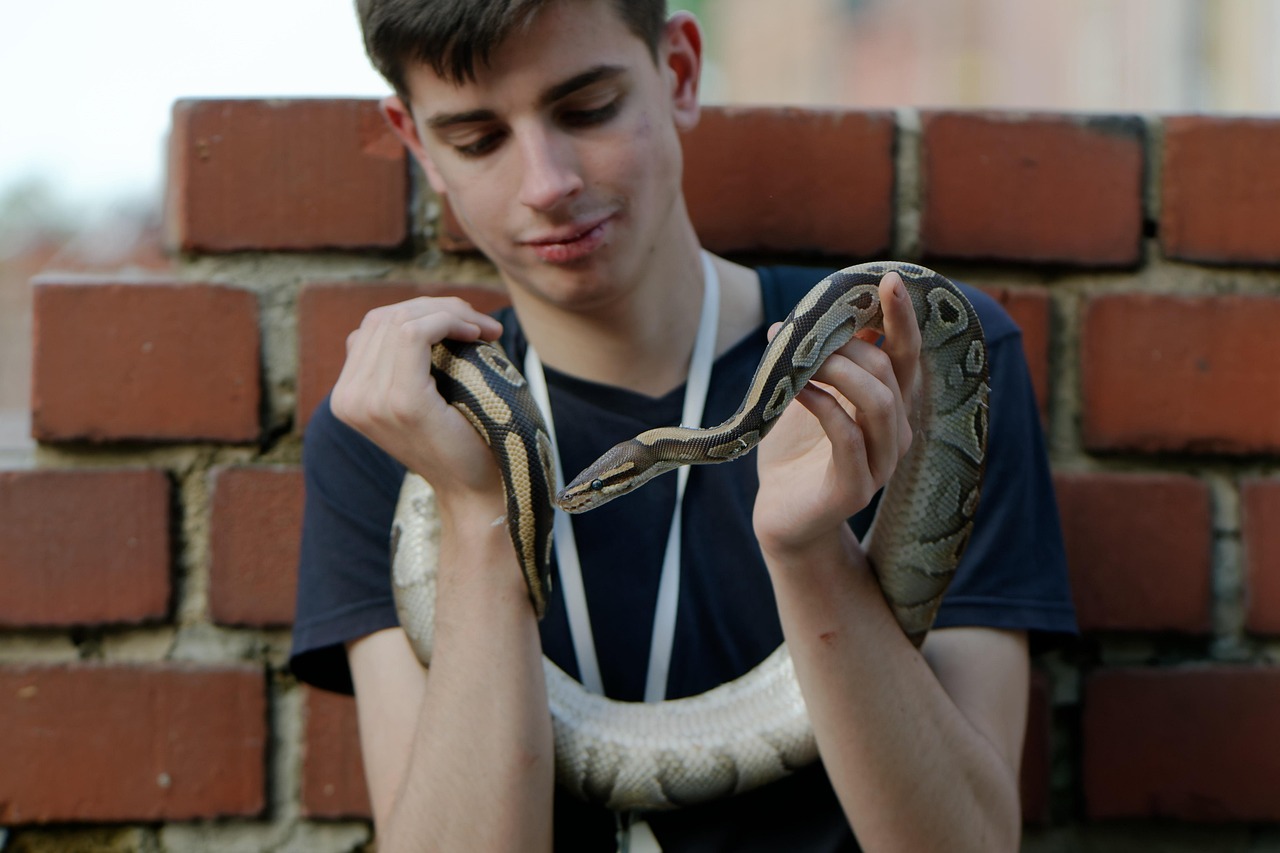
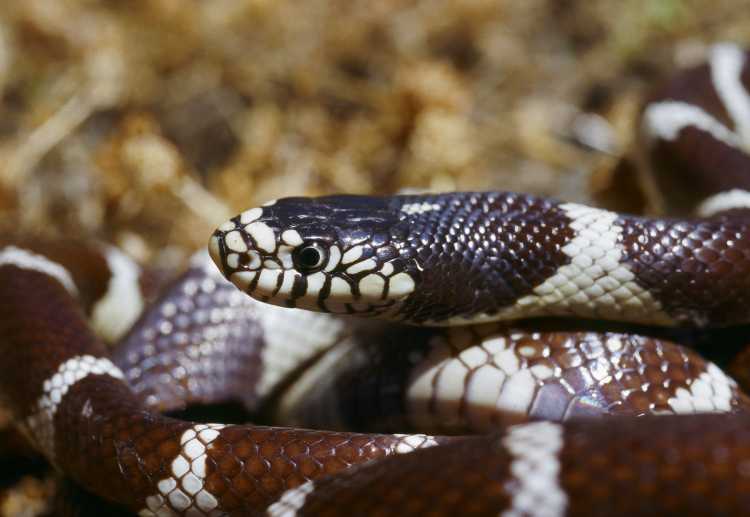
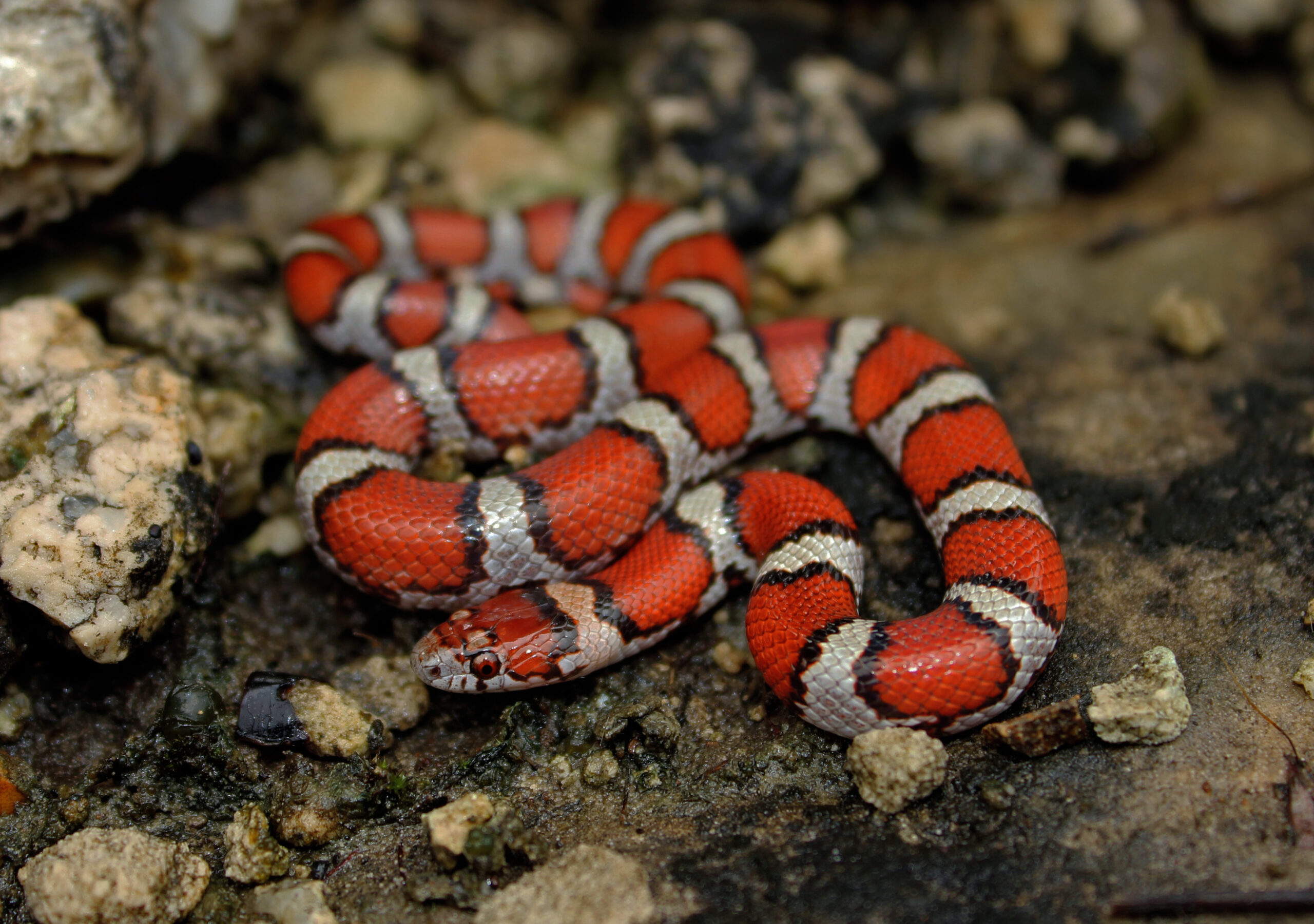




Leave a Reply